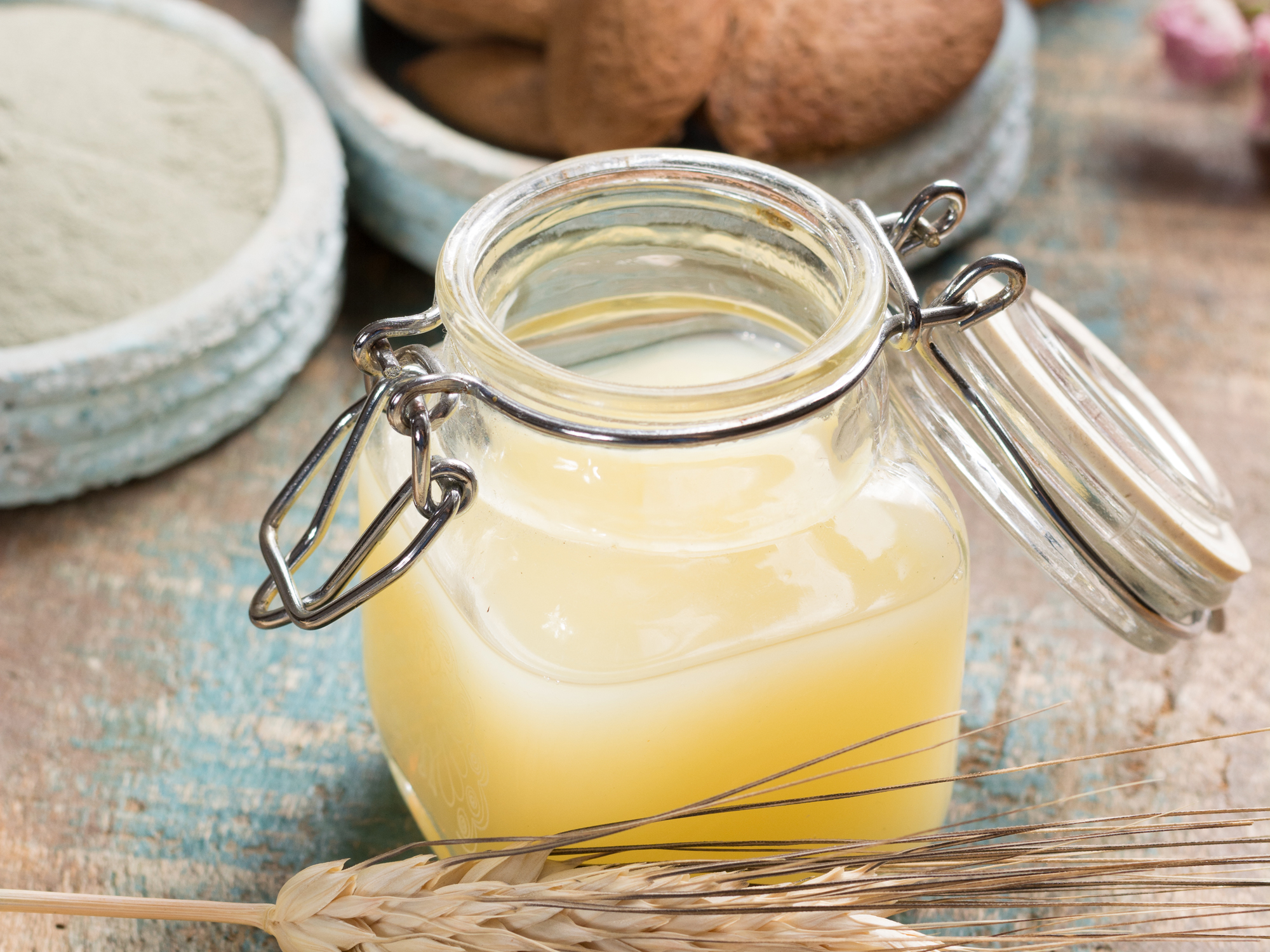Get Easy Health Digest™ in your inbox and don’t miss a thing when you subscribe today. Plus, get the free bonus report, Mother Nature’s Tips, Tricks and Remedies for Cholesterol, Blood Pressure & Blood Sugar as my way of saying welcome to the community!
How an ancient salve could help stop antibiotic resistance

In a world where prescription antibiotics are becoming less effective, natural antibiotics are finally getting the attention they deserve.
And there’s one natural antibiotic that’s been stealing the spotlight lately because of its impressive powers against superbugs….
It’s nothing fancy, unusual or expensive. In fact, you probably have it in your kitchen right now — the onion.
Onions are a member of the allium family. And they aren’t the only allium with outstanding antibacterial abilities. Garlic’s antibiotic powers are equally impressive.
Part of the reason alliums like onions and garlic are so effective is because they contain sulfur compounds, which are used in many modern antibiotics too. These sulfur compounds are what make plants like onions and garlic so strong smelling and tasting, which is actually their defense mechanism.
Related: Onion’s secret may be strongest cancer fighter
Their potent smell and taste is supposed to deter pests. Obviously, it didn’t work so well to deter humans from eating them… onions and garlic are two of the best flavors in our culinary repertoire. But those pungent sulfur compounds do deter bacteria, fungi, viruses and parasites.
Onions and garlic have been used as antibiotics for centuries. In fact, an old English manuscript held at The British Library contains a 1,000 year-old antibiotic salve using both onions and garlic (and it actually works! But more on that later…)
Of course, the most exciting thing about these ancient antibiotics is that they may be the answer to one of the biggest modern medical problems — antibiotic resistance.
A recent study from the University College London found that a type of onion called the Persian shallot could battle a dangerous disease that’s becoming more and more antibiotic resistant — tuberculosis.
How onions and garlic battle antibiotic resistance
Tuberculosis (TB) is a dangerous bacterial infection that usually affects your lungs. It killed a lot of people before modern antibiotics came on the scene.
The problem is, like many other bacterial infections, TB is becoming resistant to our modern antibiotics. About 10 million people worldwide get TB each year, and about 2 million die from it. But researchers estimate that as many as 50 million have antibiotic-resistant TB bacteria lurking inside them.
It’s a ticking time bomb… one that those ancient antibacterial alliums may be able to neutralize…
University College London researchers recently found that compounds in the Persian shallot could fight the bacteria that causes antibiotic-resistant tuberculosis.
Researchers synthesized several compounds from this Iranian onion and tested them on TB bacteria in the lab. And guess what?
One of the compounds stopped the growth of antibiotic-resistant TB bacteria by a whopping 99.9 percent!
This is far from the only study that shows alliums can ease antibiotic resistance…
Related: These vegetables pull double duty to keep you healthy
In studies conducted back in the 1970s through 1990s (before antibiotic-resistance was the huge problem it is now), researchers found that not only can garlic kill bacteria that’s become resistant to multiple pharmaceutical antibiotics, but it doesn’t create resistant bacteria itself… even after prolonged use.
And remember that 1,000 year old salve I was telling you about?
Well, researchers studied it a few years back to see how effective it was. The results astounded them. It killed 90 percent of antibiotic-resistant Staphylococcus aureus (MRSA) bacteria. They tested it in lab and mouse models, and it beat pharmaceutical antibiotics in both cases.
Using alliums at home
These ancient alliums clearly have astounding antibiotic abilities. But how can you harness their bacteria-fighting powers in your own life?
The first thing you should know, is that powdered onions and garlic won’t do the trick. You need the fresh, potent stuff if you want to battle a bacterial infection.
You can use onions and garlic internally or externally. Some people like to juice a bit of onions and garlic with other fruits and veggies to make bacteria-fighting juice. You could also eat fresh garlic and onion in foods like hummus, salad, salsa, etc.
Related: My favorite cancer-fighting recipe
If you’d like to take an external approach, you could make an onion and/or garlic poultice or salve. You could even test out that 1,000 year old salve recipe for yourself. But be warned… it contains one unusual ingredient… a part of a cow’s stomach known as bovine salts.
Here’s a copy of the recipe as translated by the BBC:
- Equal amounts of garlic and another allium (onion or leek), finely chopped and crushed in a mortar for two minutes.
- Add 25ml (0.87 fl oz) of English wine — taken from a historic vineyard near Glastonbury.
- Dissolve bovine salts in distilled water, add and then keep chilled for nine days at 4C.
Sources:
- Onions could hold key to fighting antibiotic resistance — MedicalXpress. Retrieved February 2, 2018.
- A. Danquah, et al. “Analogues of Disulfides from Allium stipitatum Demonstrate Potent Anti-tubercular Activities through Drug Efflux Pump and Biofilm Inhibition.” — Scientific Reports, 2018.
- Persian shallot ‘could help fight TB antibiotic resistance’ — BBC. Retrieved February 2, 2018.
- The Chemical Weapons of Onions and Garlic — The New York Times. Retrieved February 2, 2018.
- 1,000-year-old onion and garlic eye remedy kills MRSA — BBC. Retrieved February 2, 2018.
- H. Kyung. “Antimicrobial properties of allium species.” — Current Opinion in Biotechnology. April 2012; 23(2):142-147.
- A. Adetumbi, B.H. Lau. “Allium sativum (garlic)–a natural antibiotic.” — Med Hypotheses. Nov. 1983;12(3):227-37.
- Allium sativum: Antibiotic and Immune Properties — Medical Herbalism: Journal for the Clinical Practitioner. Retrieved February 2, 2018.













